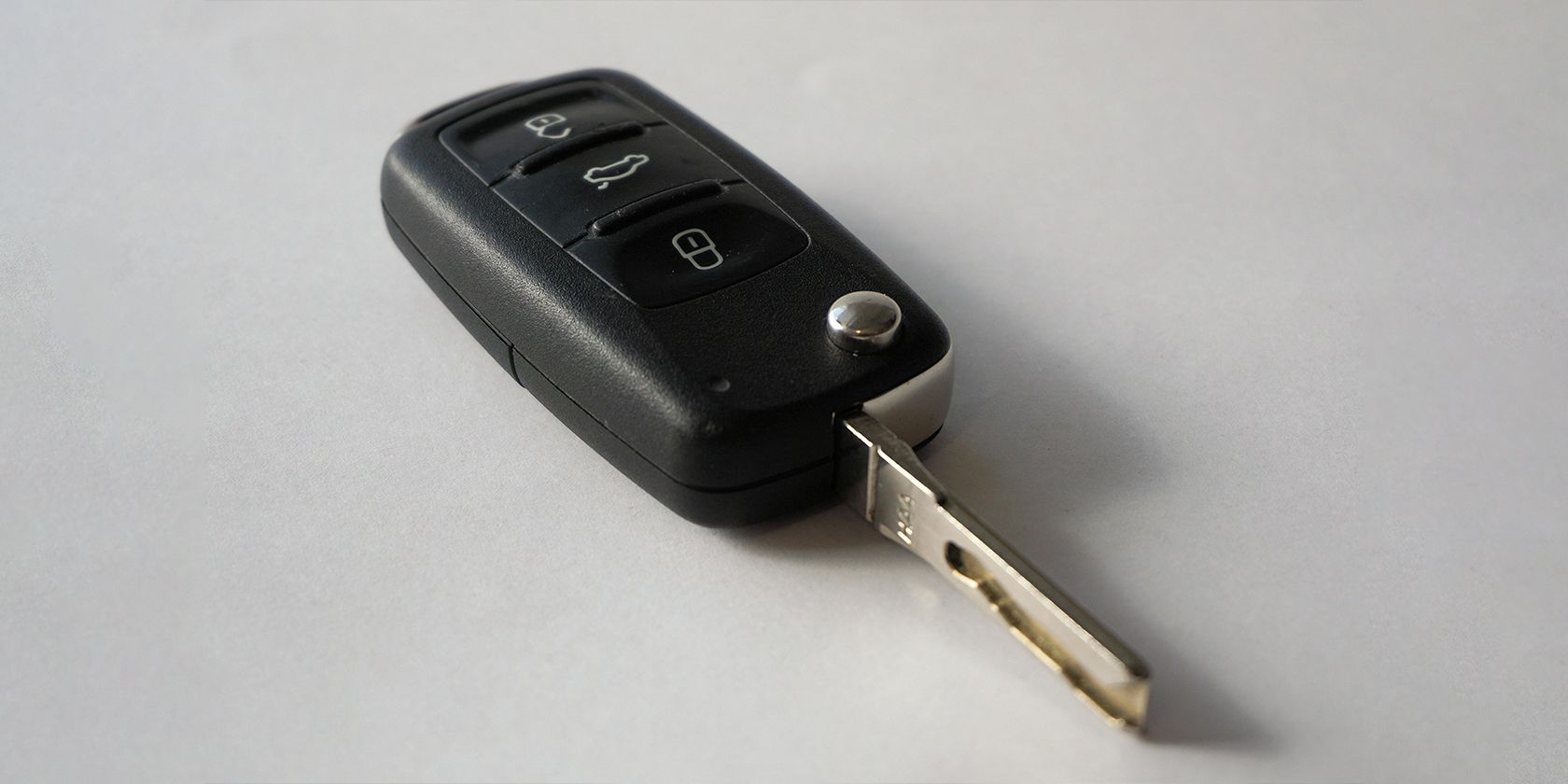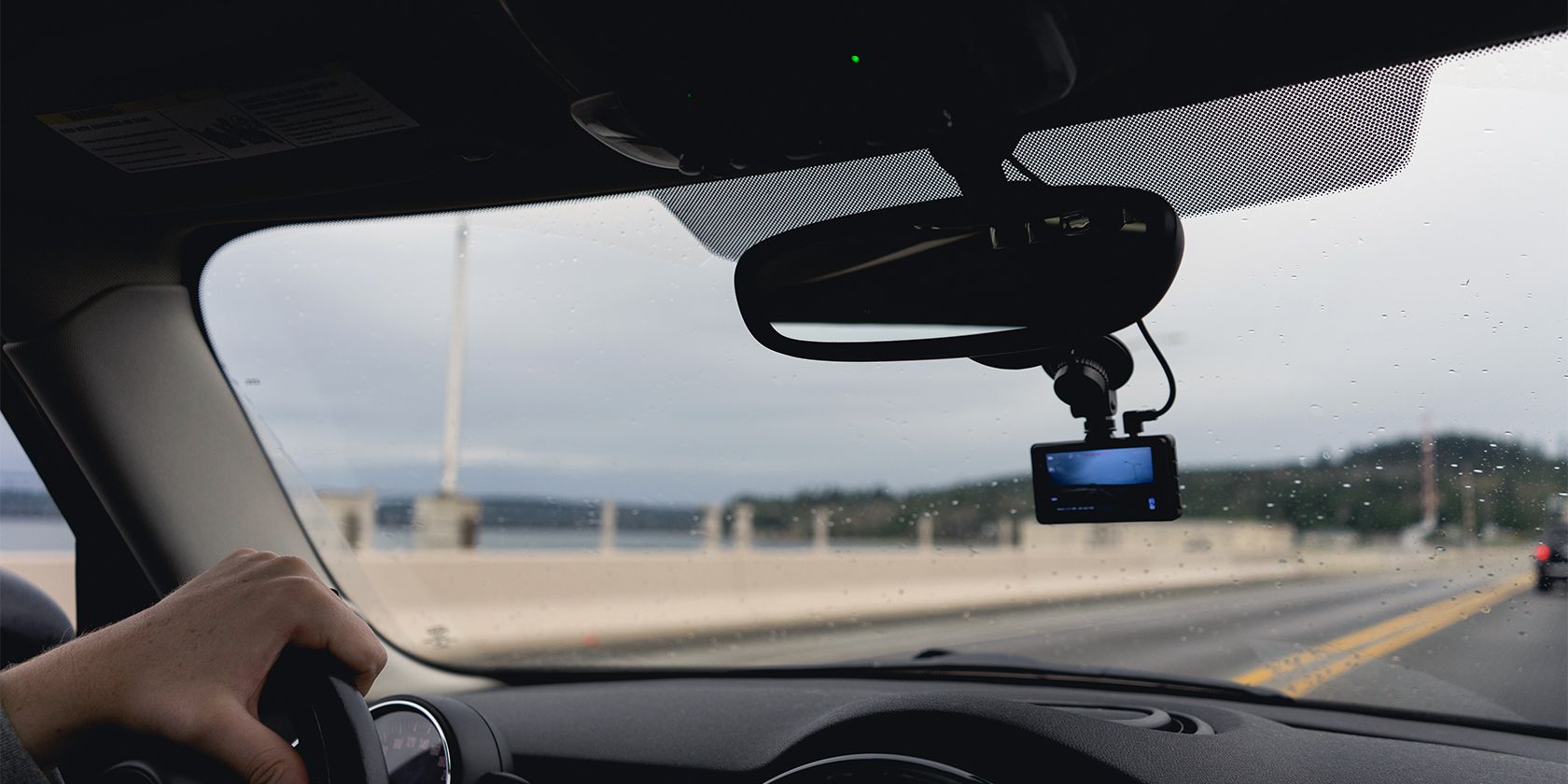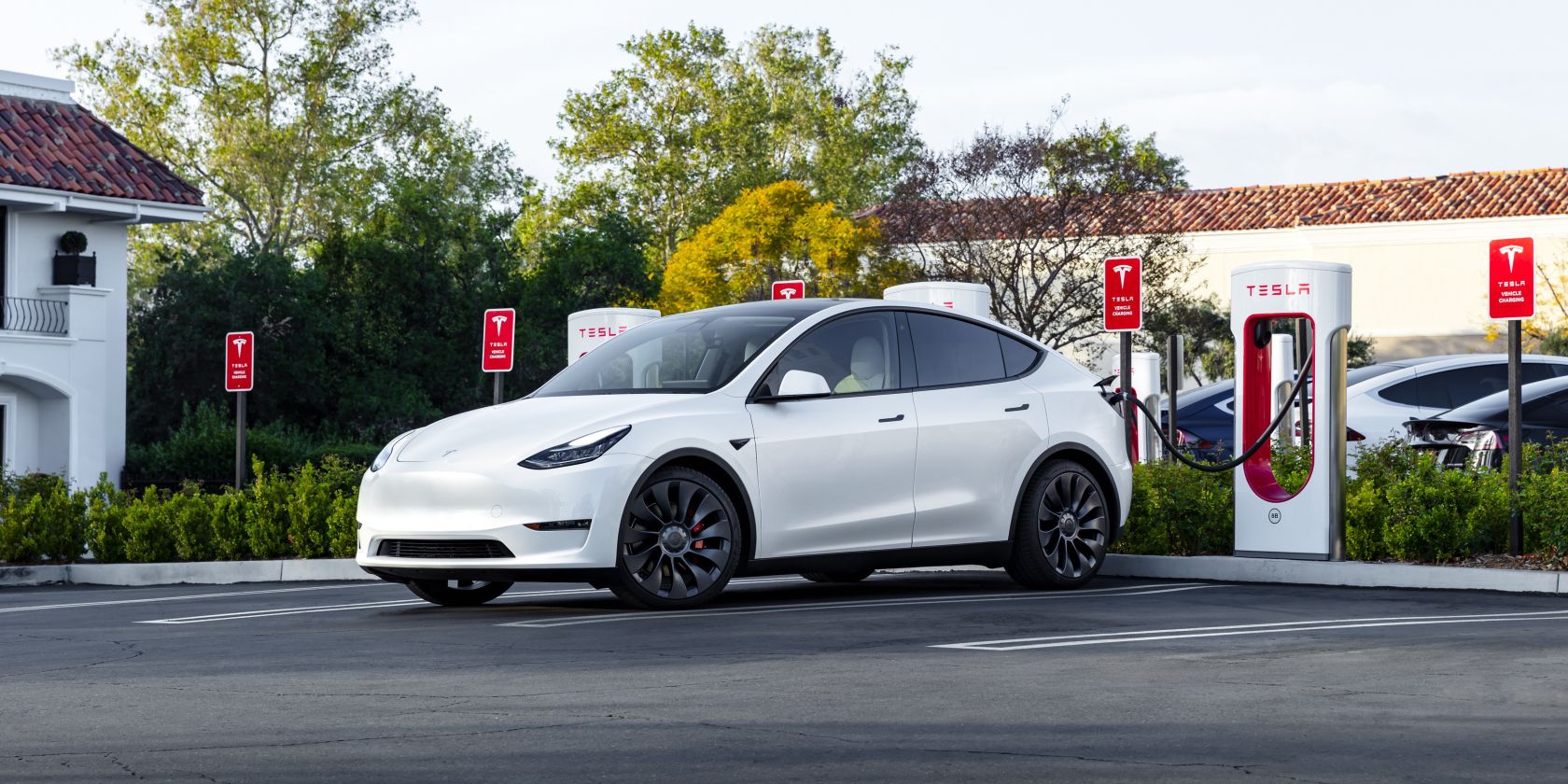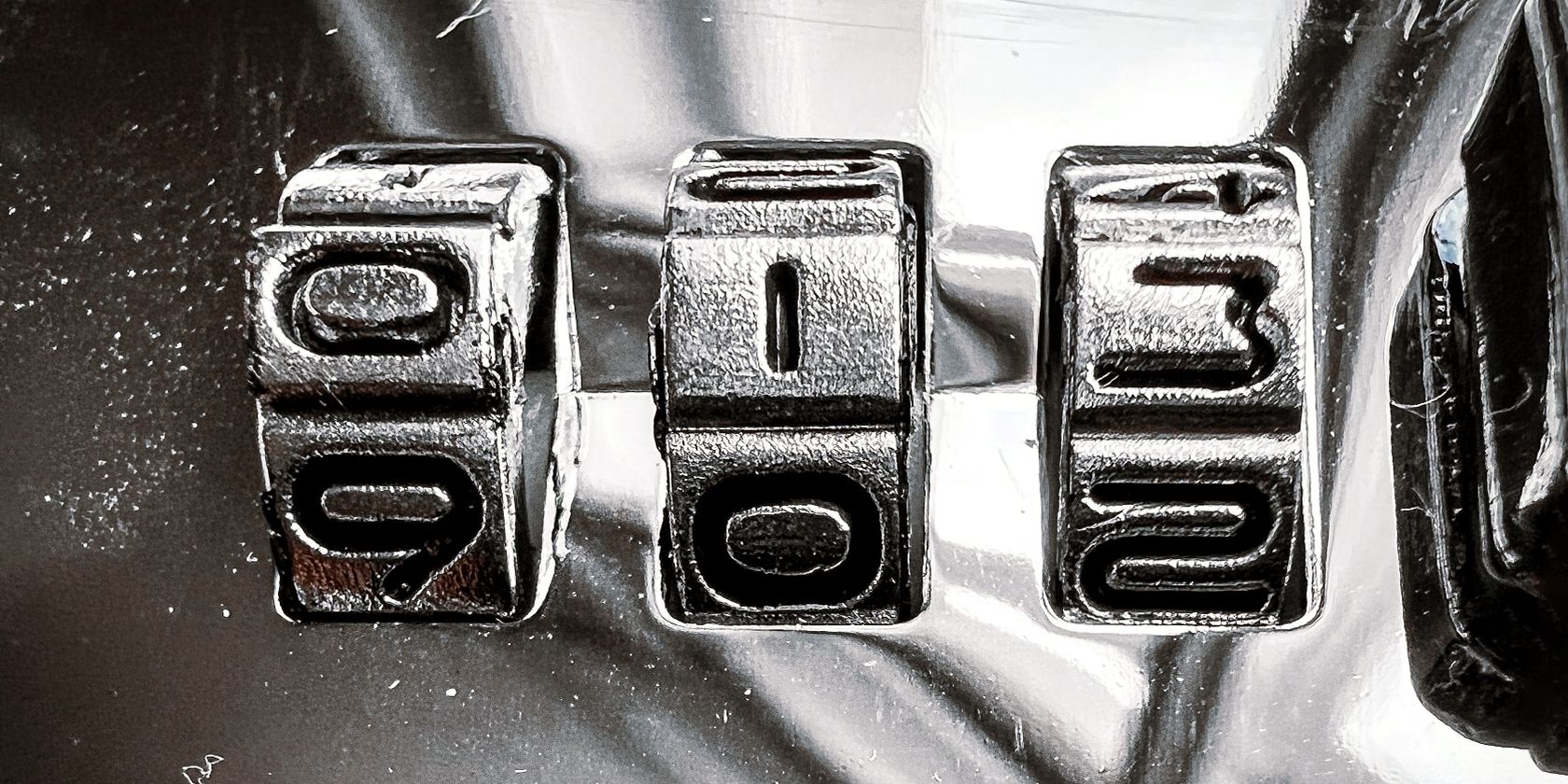While most cars made after 1996 had onboard computers and ECUs, it wasn't until in the early 2010s that we started frequently seeing cars that used computers for purposes beyond engine management.
And as computers became more advanced, these moved from engine management to vehicle security. So, let's look at these seven modern car security features and how it protects us and our vehicles.
1. Immobilizers
Almost all new cars from the past 20 years are equipped with an immobilizer. This technology uses encrypted wireless communication between your keys and car for authentication.
You're probably familiar with hot wiring if you've watched a car heist movie from the 80s and 90s. Perps steal vehicles by pulling out a bunch of wires from under the dash and shorting two specific wires to start it. Alternatively, they use a generic key or a screwdriver to force the ignition switch and start the car.
Keys were equipped with immobilizers to reduce these kinds of thefts. This technology uses small embedded chips inside car keys that transmit a coded message. When the car receives the correct coded message, it will start the engine. But if it doesn't receive the code, the car will remain off.
2. Vehicle Tracking Systems
Ever since the military made GPS technology available for commercial and civilian use, motorists started using it for navigation. Mazda's Eunos Cosmos was the first car to feature this, although it was only available in Japan. This technology allowed the car to know its location globally, and with the development of cellular communication, let fleet operators gather vehicle location data in real-time.
When this was first launched in the early 90s, the service was expensive, unreliable, and required huge electronic modules. But as technology developed, GPS became cheaper, more accurate, and portable. As smartphones gained the ability to pinpoint their location, so did our cars.
Many high-end vehicles with app integration allow you to track its location. However, if you only have an economy car, it probably doesn't have this feature. Nevertheless, you can go ahead and purchase third-party GPS trackers to protect your car.
3. In-Vehicle Security Services
Ever since the OBD-II port was made mandatory in vehicles, our cars have started monitoring various engine and onboard systems. As it tracks data from all sources, the ECU can build a picture of what is happening to your car.
This is how in-vehicle security services operate. When its sensors are triggered by events, like airbag deployment or a sudden reduction in engine oil pressure, your car would automatically contact its service provider to check up on you.
GM provided one such service called OnStar. Eventually, other manufacturers followed suit—Ford offered Sync, BMW had BMW Assist, and Mercedes developed mbrace.
4. Dashcam
When GoPro introduced the first HERO action camera, it revolutionized small, portable, yet high-quality recording devices. These made them suitable for dashboard or windshield placement, where their tiny footprint won't interfere with vehicle operation.
As dashcams became cheaper and more widely available, more and more drivers bought and installed them for protection. These devices capture your drive, making it handy for recording accidents and other road incidents.
Dashcams provide documentation, making it crucial, especially for insurance claims. The video evidence can help determine who's at fault in case of an accident. They're a great help in almost every situation, and you can check out our dashcam buying tips if you're in the market for a new one.
5. Sentry Mode
Most new Tesla models have cameras pointed in all four directions for use in self-driving. However, these cameras are also used for Sentry Mode. Ever since 2019, all Tesla Model 3s have had this feature. Sentry Mode uses the car's various sensors to detect movement in its immediate surroundings.
Tesla's Sentry Mode goes from standby to alert if it senses a minor threat. The car will start recording video and display a warning that its cameras are recording. If it senses a significant threat, like a broken window or attempted break-in, the car will activate alarm mode.
While this technology is currently exclusive to Tesla, you can expect that other companies will follow suit with similar technology to help keep cars and customers protected.
6. PIN to Start
When manufacturers discovered that immobilizers caused a decline in car theft incidents, they started incorporating more wireless technologies into key fobs. From sending just an encrypted code, today's remote car keys can now automatically unlock a vehicle and even start it.
However, this convenience feature came with one problem—keyless car theft. In this crime, car thieves replicate the weak signal coming from the remote fob and fool the car into thinking it has the key nearby. This makes the door unlock, making it far easier to break into cars and steal them.
That's why Tesla now offers the PIN to Start feature. Aside from requiring the key fob in its vicinity, some Tesla models will now only start if you enter your four-digit pin. That would reduce the chances of carjacking while you're away. Since they won't be able to start the car, they can only take its contents, not the car itself.
7. Autonomous Parking
While some people think autonomous driving is solely for convenience during long drives, many don't realize that it also allows autonomous parking. While it may look like a novelty feature, autonomous parking is a crucial safety option, especially if you're out late at night and your car is parked in the dark.
You can use autonomous parking to have the car move to you, so you can get into your car from the safety of where you live.
New Technology Improving Car Safety
All these advancements help drivers protect their vehicles. It all started with the simple immobilizer more than 25 years ago. Today, we have cars that bring themselves to their owners, require a pin code to start the car, and even have someone automatically call you up if you get into an accident.
Yet, as we use technologies to protect our cars, there would still be criminals finding their way through the cracks to exploit a weakness in your cars' built-in technology. That's why you should be familiar with their tactics and what you can do to avoid them.






